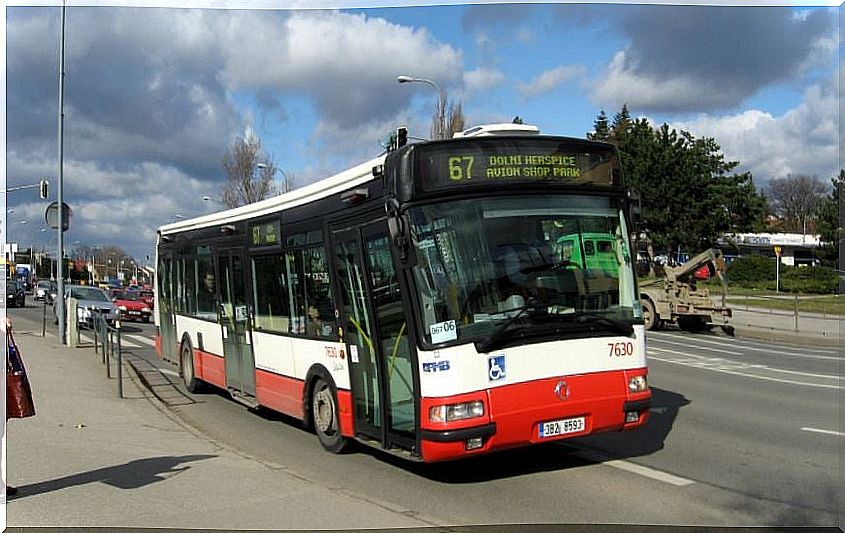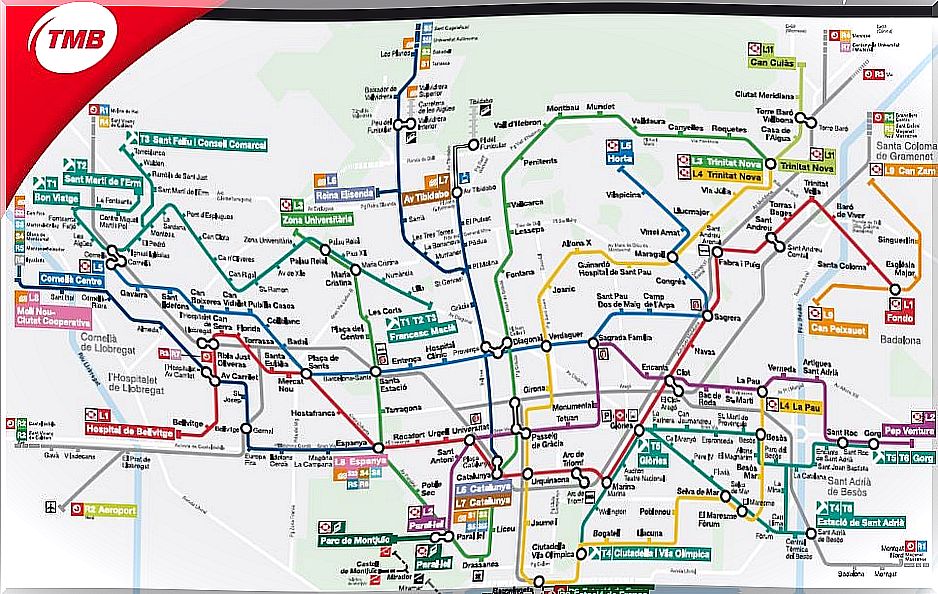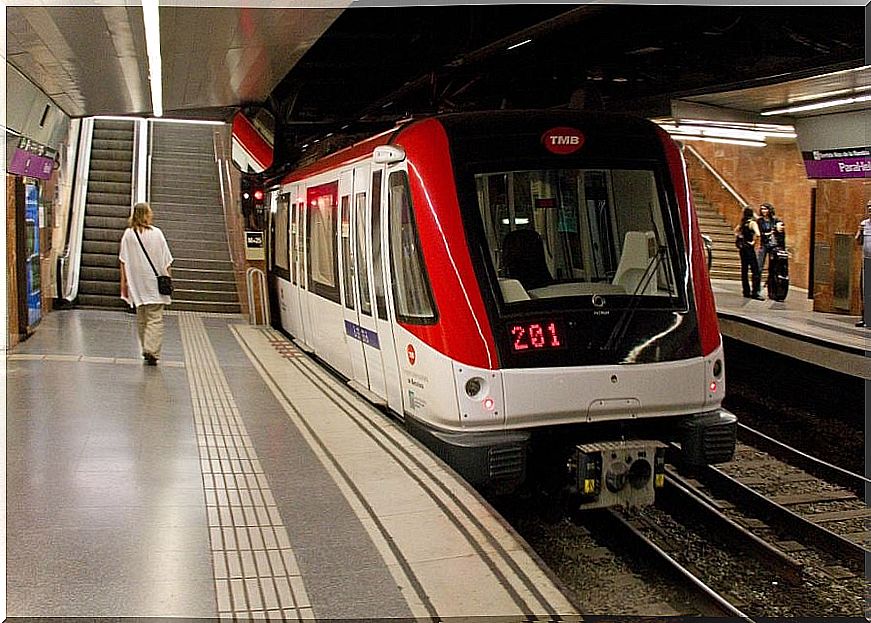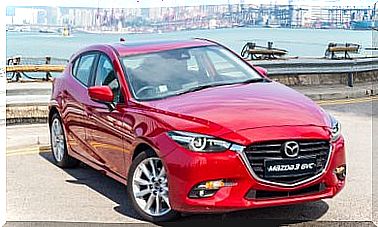Price Of Public Transport By Communities In Spain

Pollution and quality of service, both issues are on the table for those who have chosen to take the subway or the bus. Spain needs to encourage the increase in passengers on board, although each community has its own peculiarities.
Among the things that may vary in each territory is the price of public transport. Why is a price not set at the national level, which is a reference for travelers?
There are those who have decided to park their personal car without even knowing the cost of each trip, in each region. These cannot be blamed, as companies and municipalities do not have standardized costs or services.
How is the price of public transport in Madrid

According to the most up-to-date price list, a 10 package travel card in Madrid costs € 18.30. With respect to simple tickets, the cost issue depends on the number of stations and zones that you want to visit.
A whole month of bonuses will cost around € 55 on average. Of course, this must be added to the agreements between communities and bonuses. One of the characteristics of the transport industry in cities is that it is constantly changing; the objective: to expand the service to attract citizens.
An example was the agreement between the communities of Madrid and Castilla y León held two years ago. The result was the fare reduction for travelers heading to the provinces of Ávila and Segovia. The economic savings for those who take these routes in connection with the capital is significant.
In Barcelona it’s even cheaper

In January, an increase in the cost of the T-10 was announced, which brought the cost of ten tickets to € 10.20. Here the offer is much more attractive for citizens, since 50 trips cost € 43.50. The saving is more than € 10 in relation to Madrid for zone 1, that is, the metropolis.
Of course, prices increase depending on the territory. Tickets from zones two to six are more expensive, because they are routes that are on the outskirts of the city.
The increase has come after two years of rate freezing, at least in zone 1 . The best thing is that bonuses are maintained for some season tickets, such as T-Jove and T-Mes for unemployed people.
Despite the fact that public transport is the business of businessmen, there are discounts depending on each reality; these types of special prices motivate travelers.

Price of public transport in Andalusia: the Sevillian falls
The Sevillian system is made up of jumps and plans. The jumps include the passage from one section to another by a user, which generates a surcharge. The price of public transport for a trip without jumping is € 0.82. When moving on to the next section, the cost of the ticket rises to € 1.17.
Although it may seem complex and expensive at first glance, everything is elucidated when we review the value of the Bonus Plus 45. We are referring to forty-five trips for a total cost of € 30. With one jump the price rises to € 42 and with two to € 50; As in most communities, everything is handled by a reloadable card.
Here there are also agreements between different cities. For example, between the cities of Seville and Malaga there is currently an agreement to equalize the accessibility of public transport. It should be noted that these prices give us an idea of what happens in the rest of the communities.
Public transport: solution to the Spanish problem
Madrid and Barcelona continue to demand that the Government take action to encourage public transport systems to improve pollution levels. The European Union can take the country to court in Luxembourg for breach of environmental treaties.
The main problem is that 45% of Spaniards use the car to get around. In contrast, only 39% of citizens ride the metro or bus. This is a figure that would be alarming in most countries of the world.
Communities continue to take steps to turn drivers into passengers. For example, in Vigo women tell the bus driver where to drop them off after 10:30 pm.









